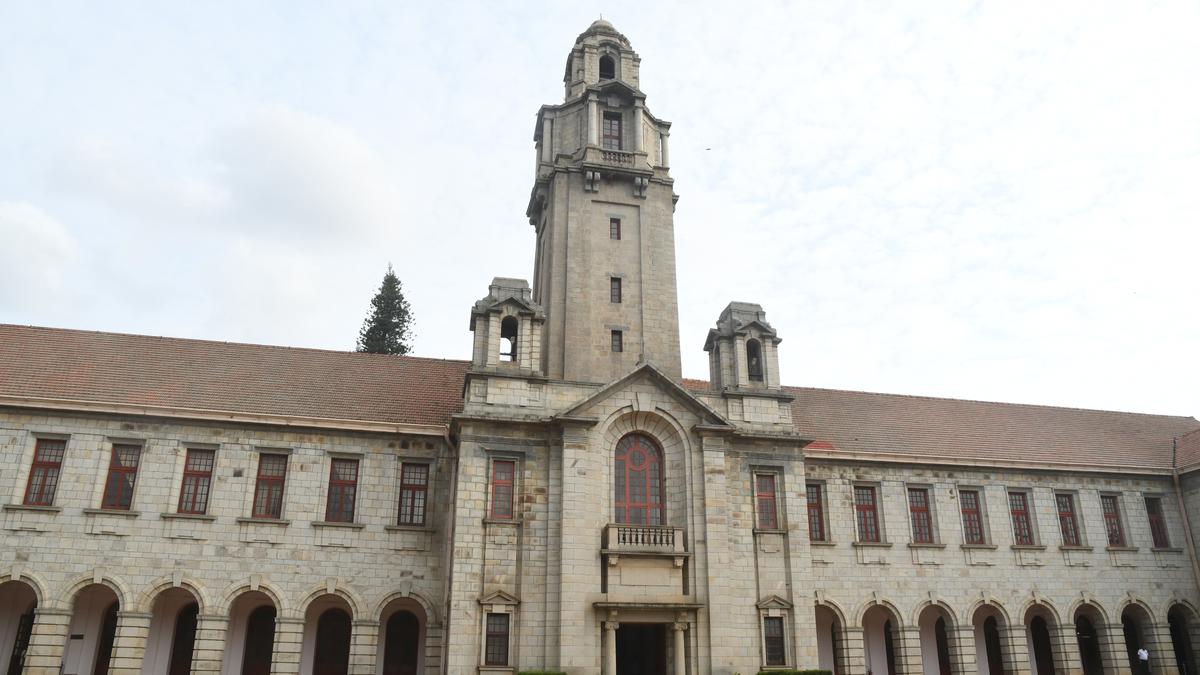Table of Contents
Significance
A team of researchers from the Indian Institute of Science (IISc) and the University of Wisconsin-Madison, USA, have made significant progress in the design of next generation nuclear reactor materials through the use of machine learning models. Advanced nuclear reactors have the potential to significantly improve efficiency and safety compared to conventional reactors. However, changes in reactor core conditions may increase radiation exposure for core materials. The development of machine learning models can help identify suitable materials that can withstand these extreme environments.
Features
Machine learning models analyze various factors such as composition, processing conditions, radiation dose, and temperature to forecast the impact of neutron irradiation on the strength of Ferritic-Martensitic (FM) steels. The use of the SHAP algorithm allows researchers to identify the most important variables influencing the strength of FM steels when exposed to radiation. These predictive models offer a quicker and more cost-effective alternative to conducting experiments in challenging conditions.
Objectives
The objective of this research is to accelerate the development of materials for advanced nuclear reactors by reducing the time and cost associated with conducting experiments in extreme conditions. By using machine learning models, researchers aim to identify the most suitable FM steels for specific levels of neutron irradiation in a given reactor.
Effects
The use of machine learning models for designing next generation nuclear reactor materials has the potential to revolutionize the field. It allows for a more efficient and targeted approach to materials development, ensuring enhanced safety and performance of advanced nuclear reactors. By accurately predicting the effects of neutron irradiation, researchers can avoid costly and time-consuming experiments, leading to faster advancements in nuclear technology.
Pros and Cons
Pros:
- Reduces the time and cost needed for conducting experiments in extreme conditions.
- Accelerates the development of materials for advanced nuclear reactors.
- Improves the safety and efficiency of nuclear reactors through targeted materials design.
Cons:
- Requires the availability of extensive and accurate data for training the machine learning models.
- May still require experimental validation of the model predictions.
Fun Fact
Conducting experiments in extreme environments, such as those found in nuclear testing facilities, poses numerous challenges including limited access, high costs, and safety concerns. By leveraging machine learning models, scientists can overcome these challenges and accelerate the development of advanced nuclear reactor materials.
Mutiple Choice Questions
1. What is the purpose of the research conducted by the team from the Indian Institute of Science and the University of Wisconsin-Madison?
a) To study the effects of neutron irradiation on FM steels
b) To develop advanced nuclear reactors
c) To improve the safety of conventional reactors
d) To investigate the composition and processing conditions of FM steels
Explanation: The purpose of the research conducted by the team is to study the effects of neutron irradiation on FM steels, in order to identify the most suitable option for a specific irradiation level in a given reactor.
2. Why are advanced nuclear reactors considered to be more efficient and safe compared to conventional reactors?
a) They use Ferritic-Martensitic (FM) steel
b) They have a faster rate of nuclear reactions
c) They change either the type or the rate of nuclear reactions within the reactor core
d) They have better defect characterisation data
Explanation: Advanced nuclear reactors are considered to be more efficient and safe compared to conventional reactors because they change either the type or the rate of nuclear reactions within the reactor core.
3. What is the alternative to austenitic stainless steels for core materials in advanced nuclear reactors?
a) Ferritic-Martensitic (FM) steel
b) Compositional and processing conditions variations
c) Physics-based models
d) Neutron irradiation variables
Explanation: The alternative to austenitic stainless steels for core materials in advanced nuclear reactors is Ferritic-Martensitic (FM) steel, which is more resistant to damage caused by nuclear radiation.
4. Why have only a small subset of FM steels been experimentally studied so far?
a) Lack of nuclear testing facilities
b) Safety issues
c) Expensive experimentation
d) All of the above
Explanation: Only a small subset of FM steels has been experimentally studied so far mostly due to the lack of nuclear testing facilities, safety issues, and the high expenses associated with conducting experiments in extreme environments.
5. What approach did the team use to predict the strength of FM steels upon irradiation?
a) Physics-based models
b) SHAP algorithm
c) Compositional and processing conditions variations
d) Neutron irradiation variables
Explanation: The team used an algorithm called SHAP to predict the strength of FM steels upon irradiation by pinpointing the most important input parameters/variables that influence the strength.
6. How can predictive models developed in this research accelerate the development of materials for advanced nuclear reactors?
a) By reducing the time and cost needed for conducting experiments in challenging conditions
b) By improving the safety of conventional reactors
c) By using Ferritic-Martensitic (FM) steel
d) By increasing the efficiency of nuclear reactions
Explanation: The predictive models developed in this research can accelerate the development of materials for advanced nuclear reactors by reducing the time and cost needed for conducting experiments in challenging conditions.
Brief Summary | UPSC – IAS
Researchers from the Indian Institute of Science and the University of Wisconsin-Madison have developed machine learning models to design next-generation nuclear reactor materials. These advanced reactors offer improved efficiency and safety by changing the type or rate of nuclear reactions. However, these changes could increase radiation exposure for core materials, such as austenitic stainless steels. The researchers propose using a special type of steel called Ferritic-Martensitic (FM) steel, which is more resistant to radiation damage. The team developed machine learning models to predict the strength of different FM steels under various radiation levels and temperatures, reducing the time and cost required for experiments.





